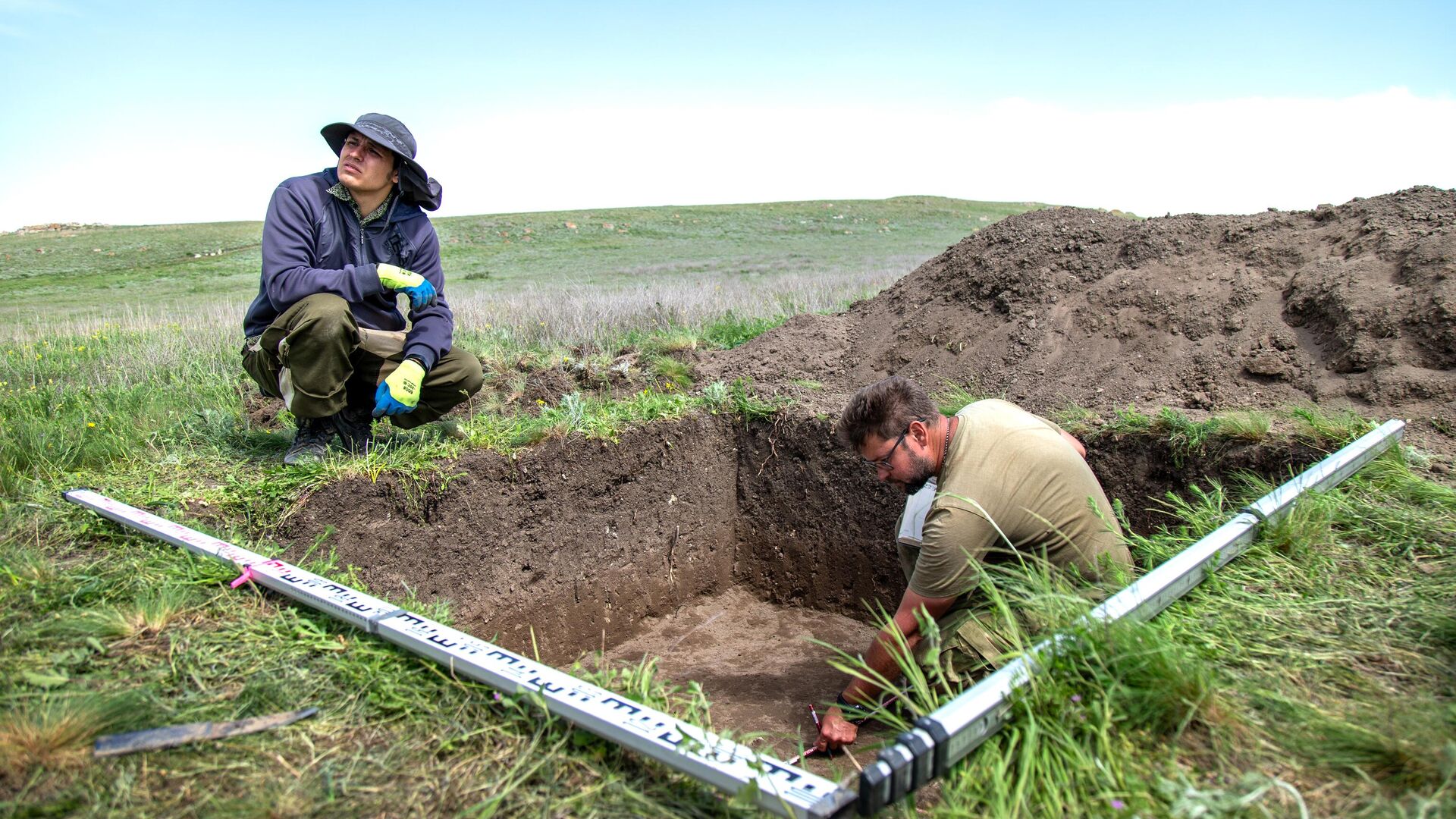
MOSCOW, April 24 A Late Bronze Age settlement on the territory of the Karalar Natural Park in the Kerch Azov region was discovered by scientists from the Crimean Federal University (KFU). During two days of excavations, experts confirmed the hypothesis based on the results of magnetic surveys and discovered two groups of half-dugouts and cattle pens, the university press service reported.
A lot of archaeological monuments have been found on the territory of the Karalar Natural Park over the past decades, said the head of the department of natural scientific methods in archeology of the Research Center for the History and Archeology of Crimea of KFU. V.I. Vernadsky Tatyana Smekalova.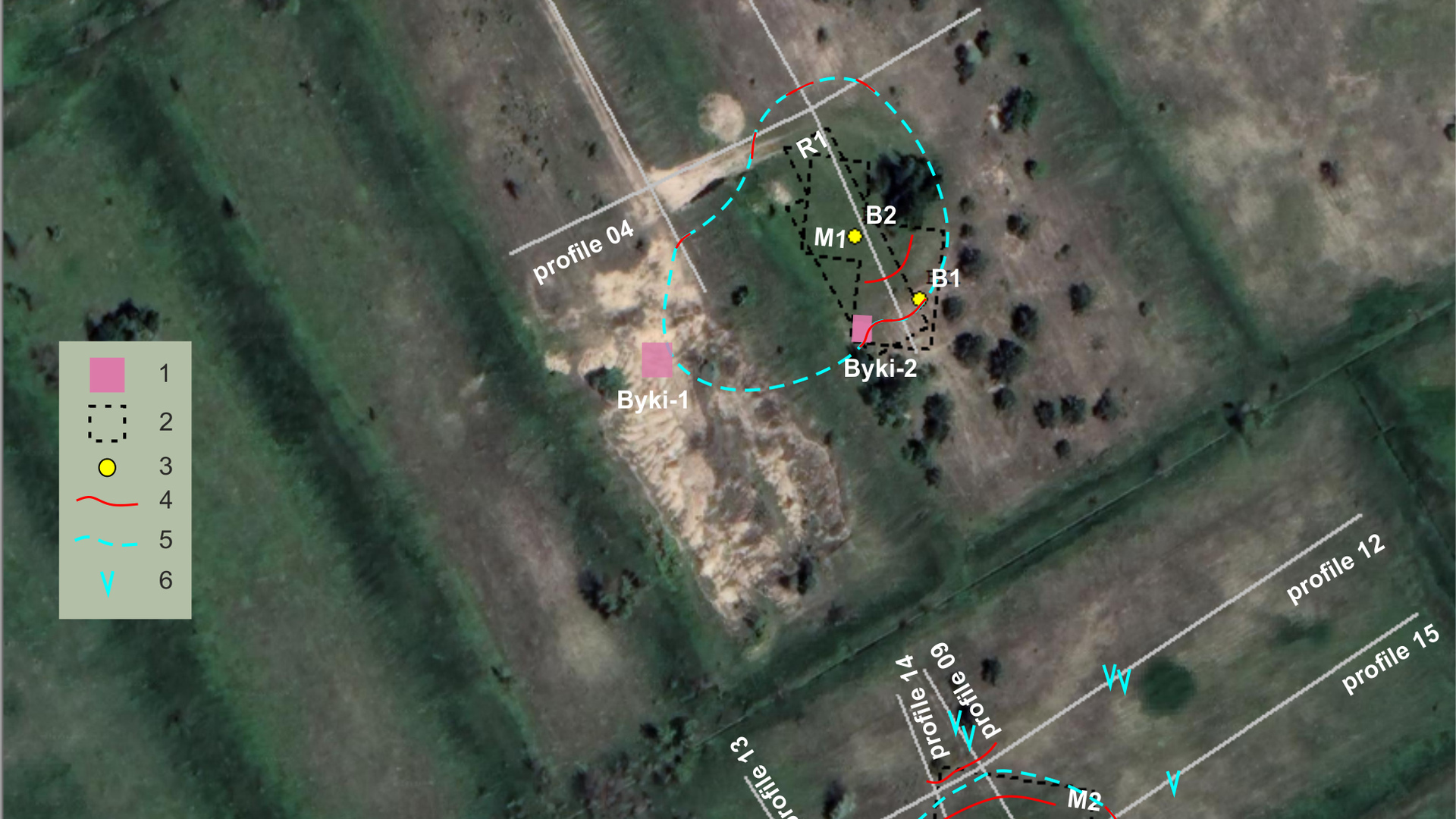
«A large number of settlements belonging to ancient times, it was discovered here back in the 1950s. All ancient settlements were located on the seashore, and the deep territory of the park remained unexplored, which is where we are now working,” she said.
<. br />Researchers conduct comprehensive studies using satellite imagery, archival aerial photographs and targeted excavations. The exact location of the excavation is determined using magnetic surveys.
“First, we identify promising locations for settlements, identified by patches of denser herbaceous vegetation visible on spring satellite images. Then, using magnetic surveys based on positive local anomalies, we identify clusters of semi-dugouts, which allows us to assume the location of settlements of the Late Bronze Age. Using the compiled We used a magnetic map, on one of the four settlements discovered in this way, with great accuracy we laid out excavations measuring 2×2 meters,” explained Smekalova.
1 of 3
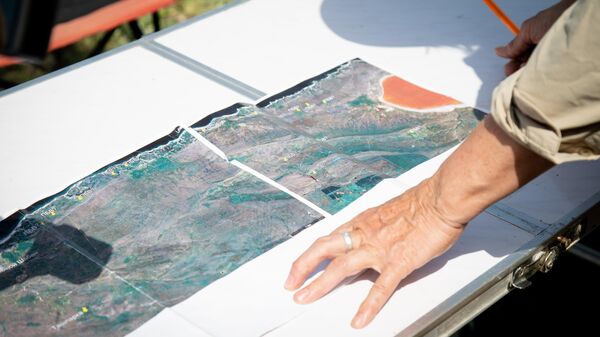
2 of 3
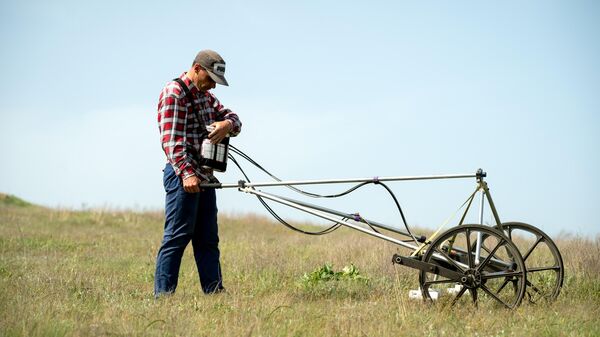
3 of 3
1 of 3
2 of 3
3 of 3
According to her, in just two days of excavation, specialists were able to confirm the hypothesis based on the results of magnetic surveys. They discovered a settlement consisting of two groups of half-dugouts and pens for livestock.
«In the place where we assumed the presence of a room, it was actually found. We found ourselves in the center of the half-dugout room in which we were found stones, which probably belong to the lining of the semi-dugout. Because people of the Late Bronze Age settled in rooms sunk into the ground, the walls of which were lined with stones. And in the middle, a stone hearth appeared,” said the researcher.
Based on the first results of the work, scientists came to the conclusion that at the turn of the 2nd–1st millennium BC, that is, in the Late Bronze Age, these places were as densely populated as in ancient times. However, people of the Late Bronze Age settled in other landscape niches: near hills that protected settlements from the harsh northeastern winter winds, near streams and watercourses.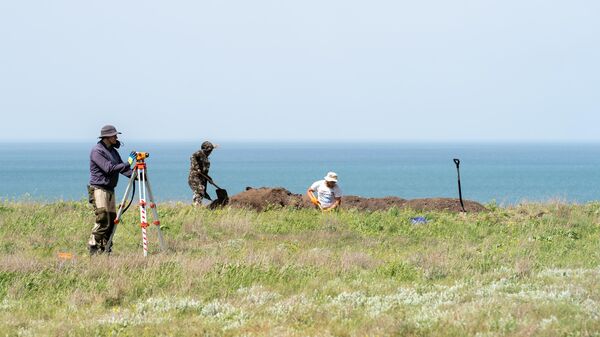
1 of 5

2 of 5
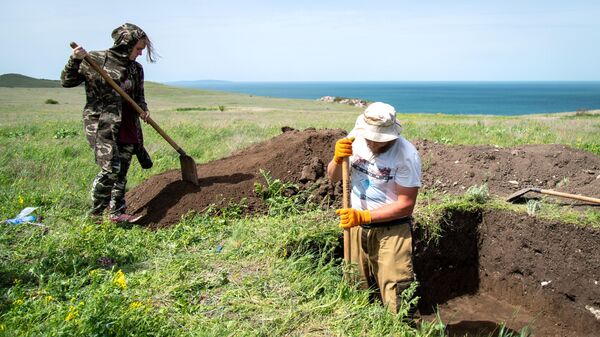
3 out of 5
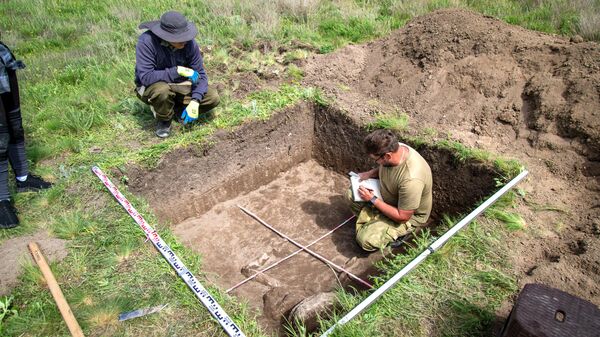
4 out of 5
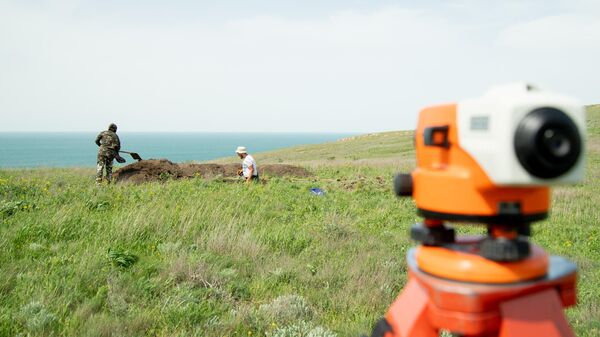
5 out of 5
1 of 5
2 of 5
3 out of 5
4 out of 5
5 out of 5
Specialists from the Institute of Physico-Chemical and Biological Problems (IPChBPP) of the Russian Academy of Sciences are also working at the site. They look for traces of agriculture, livestock breeding, and crafts in soil samples and develop the concept of biological memory of soils.
«Indicators of ancient anthropogenic impact are preserved in the soil for 3.5–4 thousand years. This is the age of the monuments themselves. In the cultural layers of the soil we make mass analyzes of microbiological, chemical, physical indicators and in this way we are trying to reveal the information potential of soils,” said Alexander Borisov, head of the laboratory of archaeological soil science at the Institute of Physics and Biology of the Russian Academy of Sciences.
Joint research by scientists will continue on the territory of the natural park until April 25. Then archaeologists and soil scientists will begin processing the data obtained and comparing them with already known finds of this period in the Crimea.


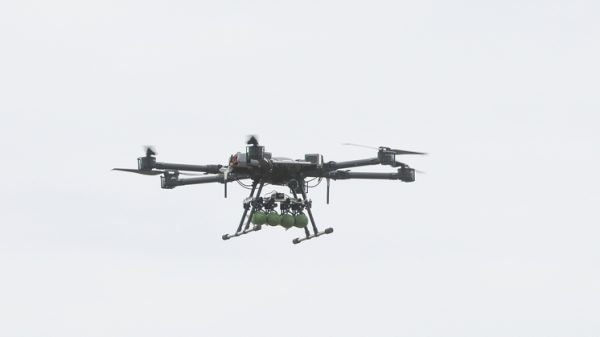

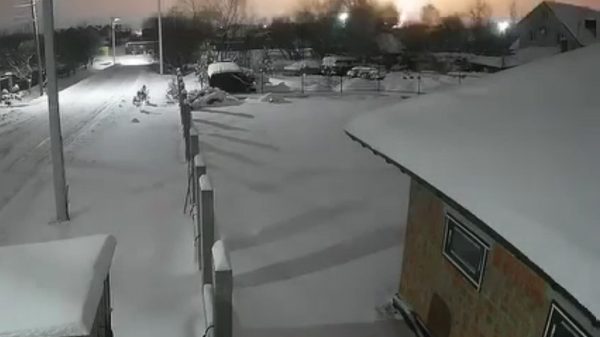


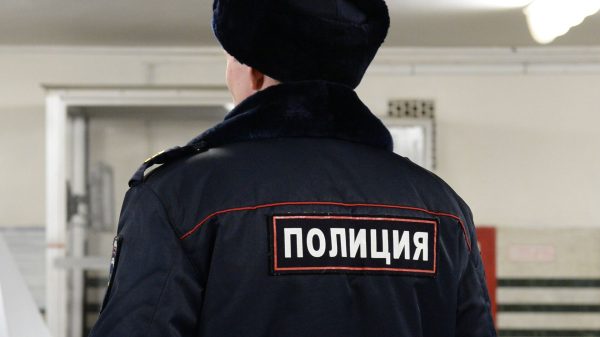
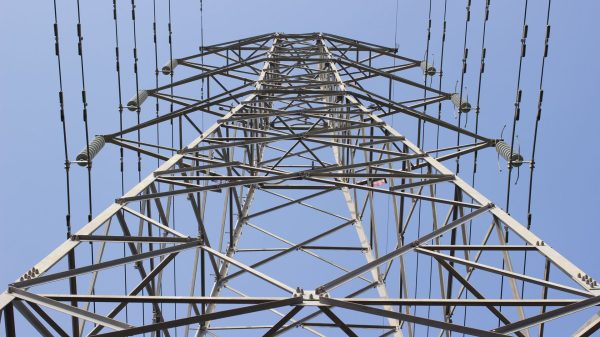
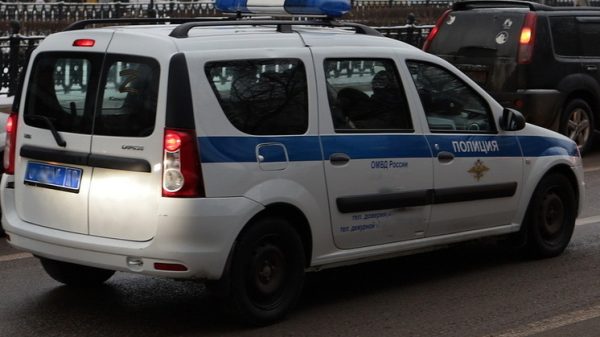
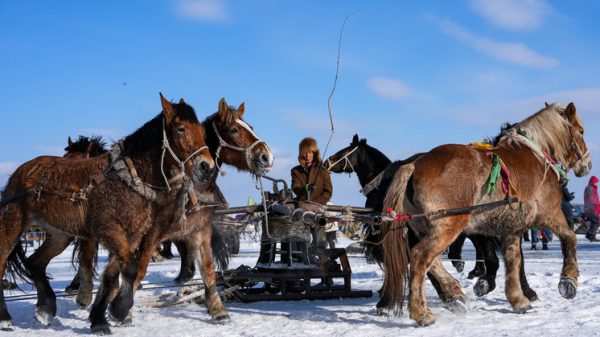















































Свежие комментарии